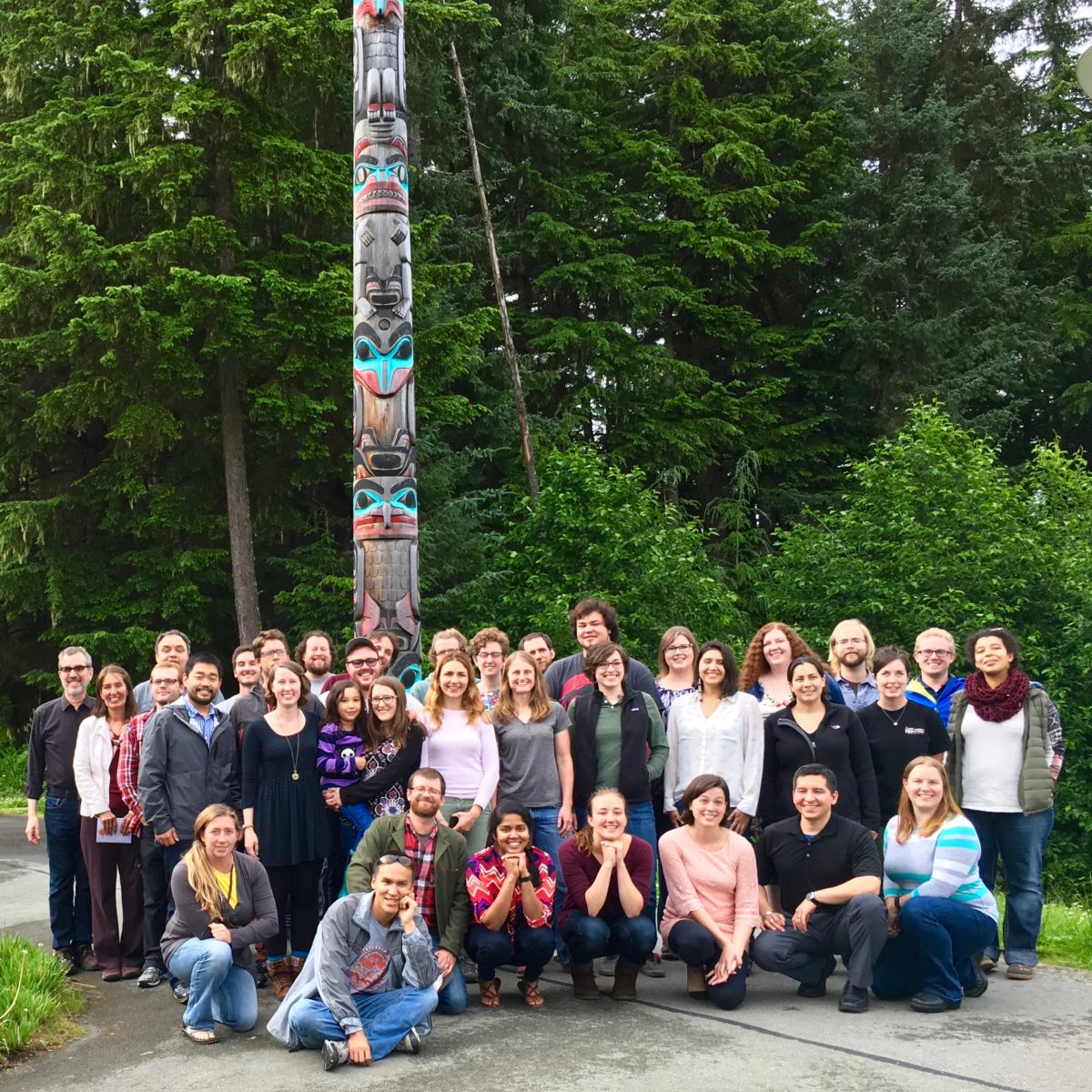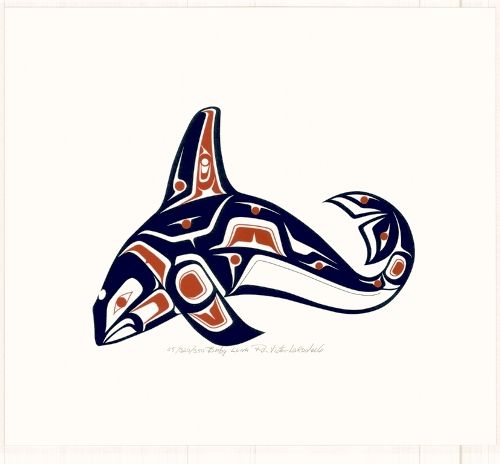Parker Palmer Response
As we get closer to entering into our teaching careers it is important to recognize our sense of self. As a student this requires a lot of reflection, which we have done quite a bit of in our multicultural class, but we can still delve deeper. This article says great educators teach who they are and they are true to themselves. When you are true to yourself you radiate an energy and passion that is contagious and empowering to others no matter the subject material.
I had one teacher (eg. the Bill Nye-ish one mentioned in class) that was the epitome of true to himself. There was never a dull moment in is organized chaotic classroom. His passion for learning extended to every subject and we were sponges in his presence soaking in everything he had to offer. That single school year we dissected fish, frogs and pigs, cleaned sealion bones for display at the Sealife Center, spent an entire day in virtual space at the Challenger Center, performed the Christmas Story drama, built bridges of tooth picks and glue, hosted the science fair, did a living wax museum, and published a book of short stories on Seward’s history, along with fulfilling all the curriculum and standardized testing requirements. He taught us by being himself and ultimately set the stage for me to become a teacher.
It really saddens me when teachers think they have to put on an act for their students, its easier to burn out when you have to fake a passion or your interest in a subject. Its also easy for students to spot fakes and they are sensitive and don’t respect fake people.
So long post short, my take away from Parker Palmer is be true to yourself in your teaching and you will be much happier and more successful than if you try to be something you’re not.


